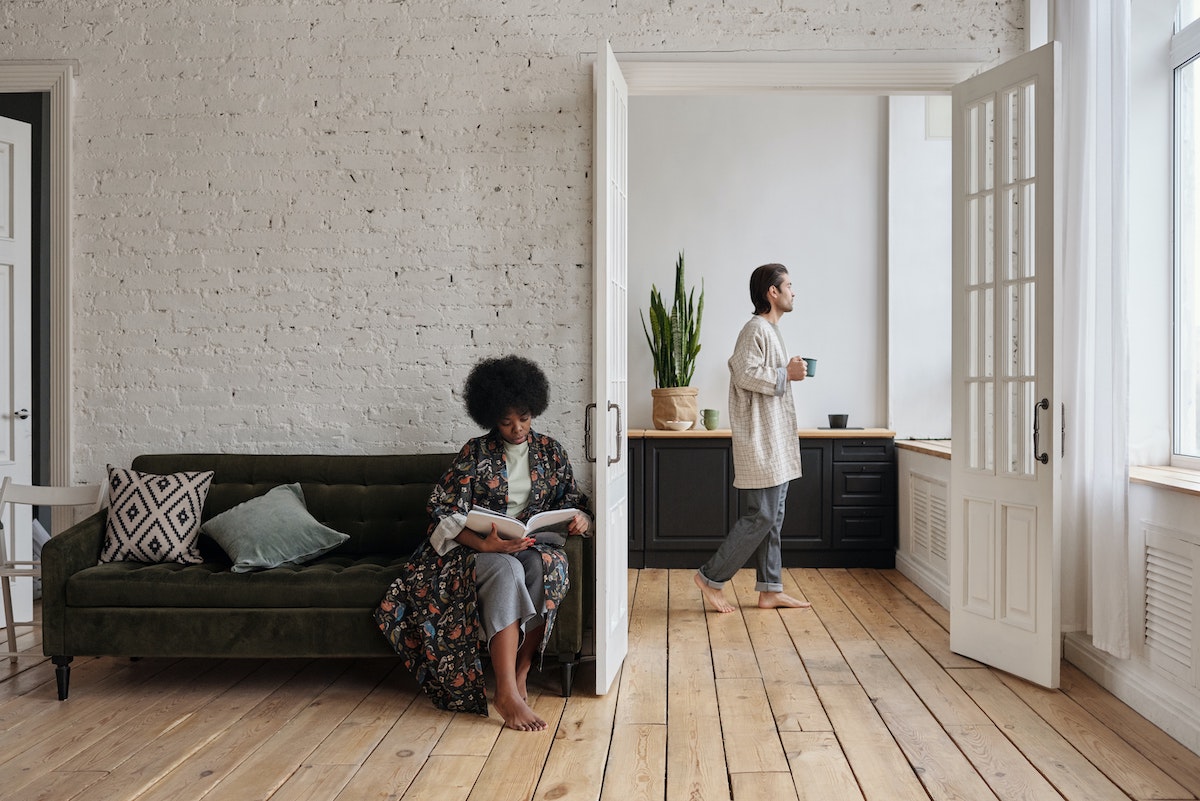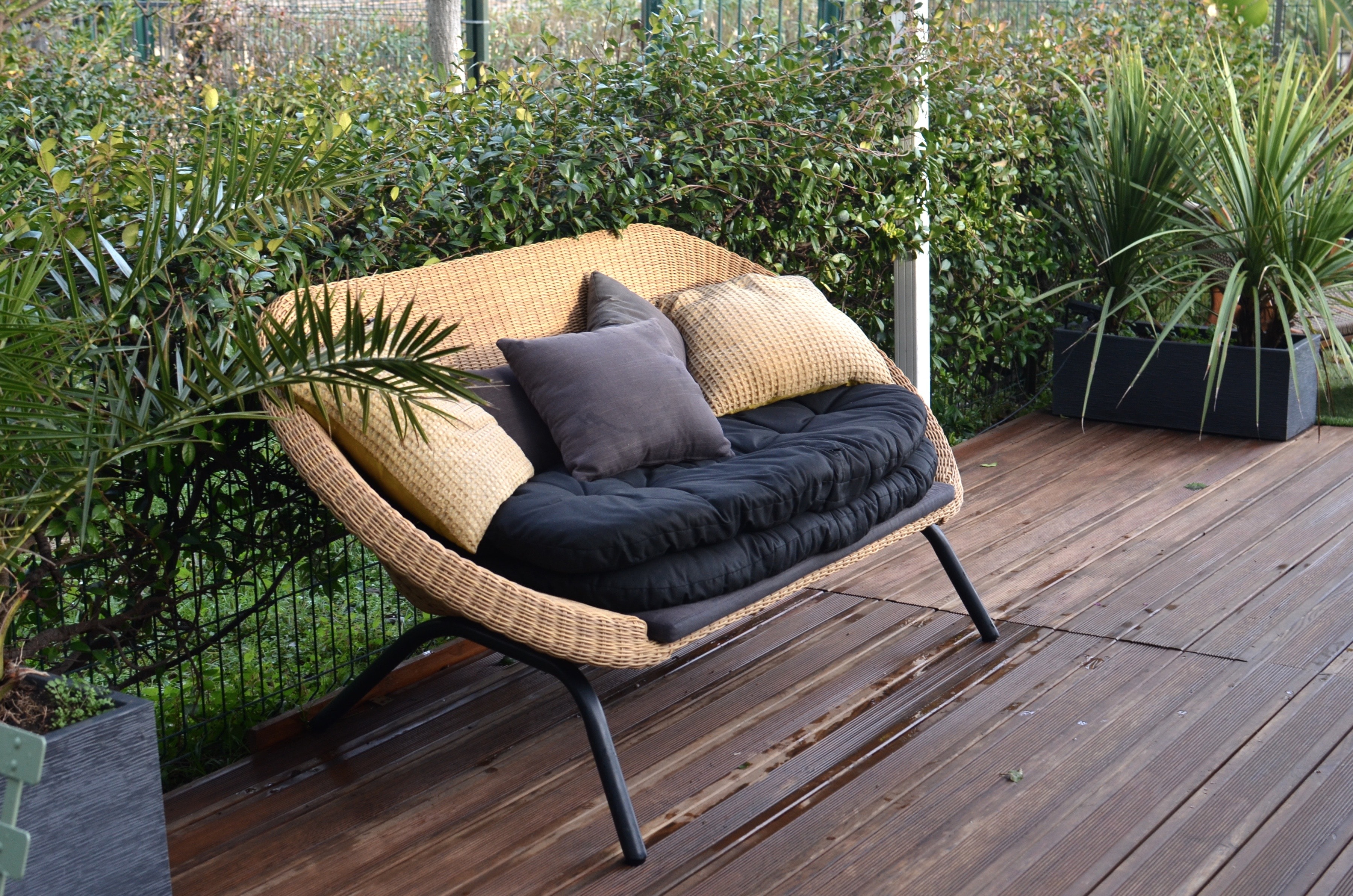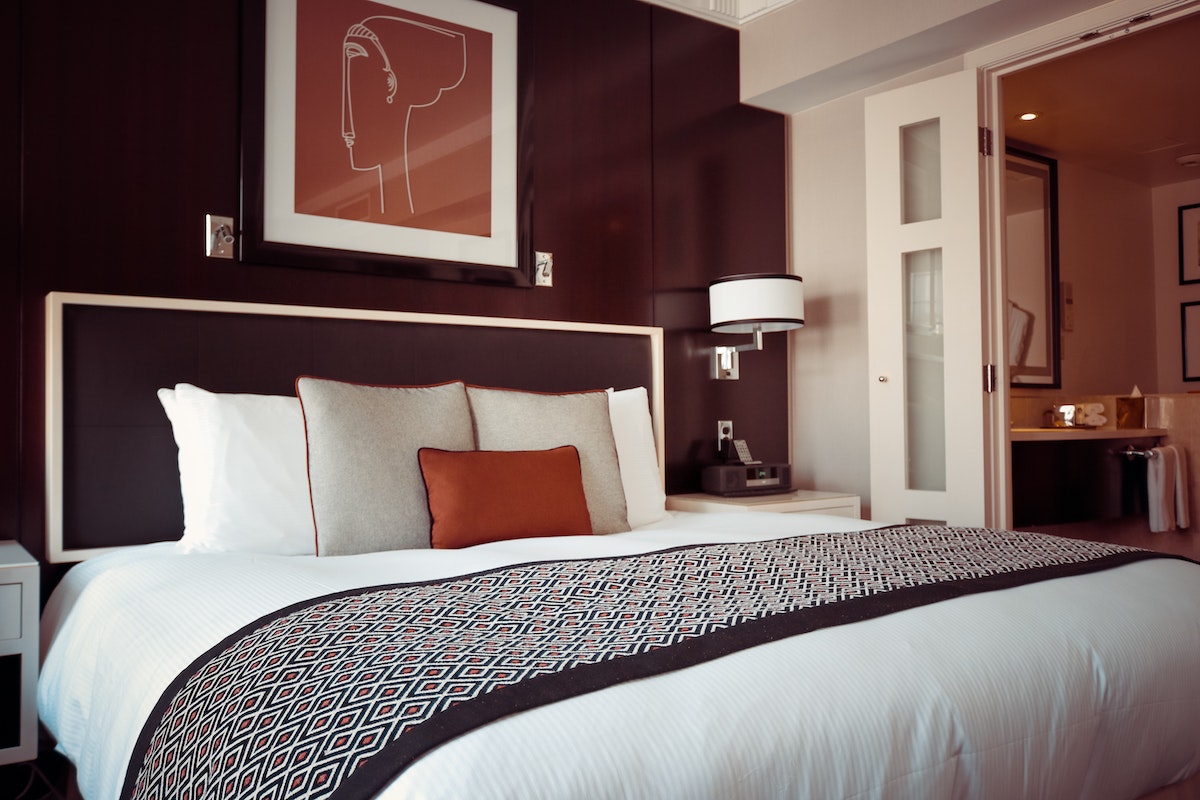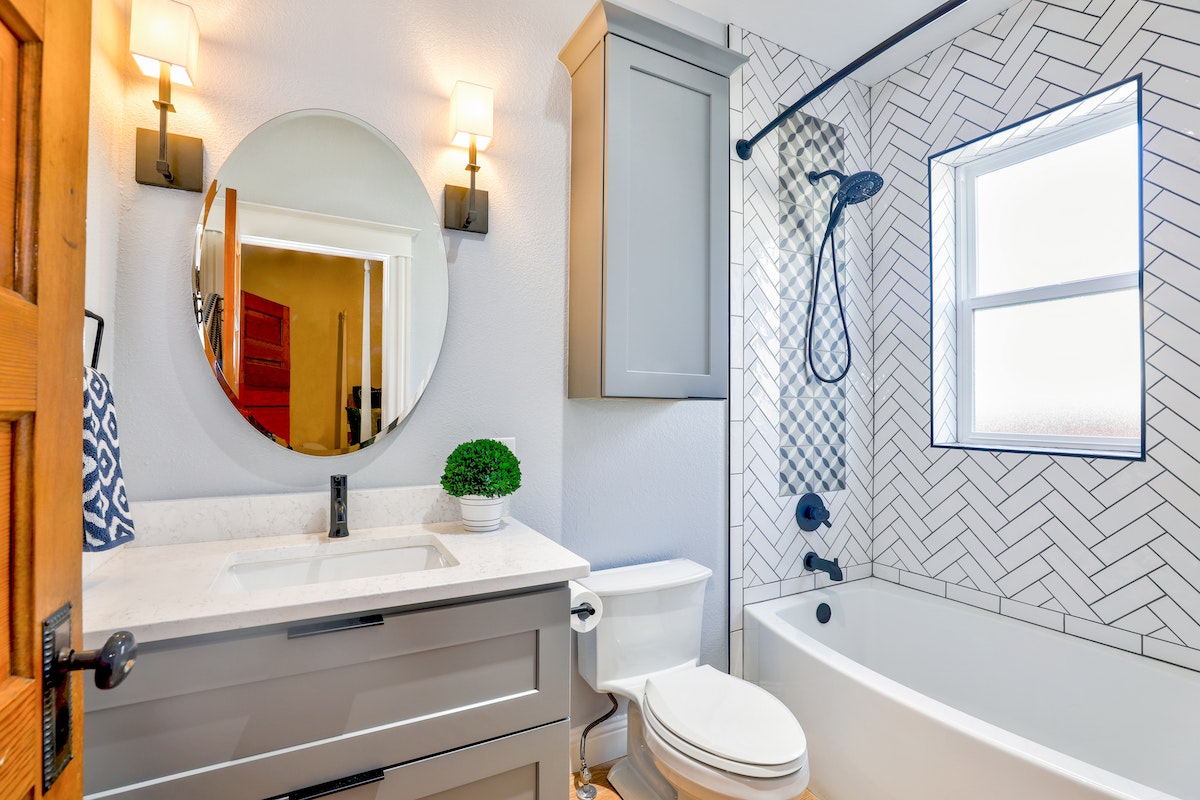City living sometimes means forfeiting space. If you want to make the most of your limited square footage, check out these small condo design ideas for each room of the house.
Small Condo Design Ideas for Your Living Room
For many, the living room serves as the primary gathering place. Whether it’s your spot to unwind after a long day or the place to entertain guests, most folks want this room to make a good impression. There are a few tricks to spruce up and open up a living room that naturally feels small:
- Find multi-functional furniture. Whether you find a nice pull-out couch or an ottoman that provides storage, go for pieces that serve several purposes.
- Incorporate mirrors. Not only do mirrors add a fun aesthetic touch, but they also make a room feel brighter and bigger by adding light and dimension.
- Go with a large rug. While a smaller living room doesn’t need large furniture, it does benefit from an expansive rug. This staple piece can help anchor the room, giving it a larger appearance.
- Take advantage of lights. Lighting is a key design element in any room, especially the living room. Brighten your space with a mix of lights- including floor lamps, end table lamps, a ceiling fixture, or even wall sconces.
Small Condo Dining Room Design Ideas
The dining room is another area that can be great for hosting guests. Even if the room is tight, you can create an inviting and warm space with a few expert design recommendations:
- Go for a round table. Not only does this table shape often make conversing easier, but in a smaller space, it can feel softer than a square one. If you’re leaning toward a rectangular table, try finding a slim and sleek one.
- Find tables that extend. This adjustable feature allows you to seat more folks when needed or keep the table smaller when you’re not hosting.
- Opt for wall lights. Rather than bulky floor lamps, add soft dining room lighting with sconces of your choice. Also, when choosing your ceiling light, consider it a main statement piece in the room. Pendant lights are also elegant options for the dining room.
Design Ideas for a Small Condo Bedroom
The bedroom is where you start and end your day, so it’s worth styling this room to your liking. If you’re working with a small bedroom, try these tips:
- Look into a storage bed. Finding a bed that can hide your belongings is a great start to maximizing this room. Not only can you find beds with storage below, but some headboards also double as storage.
- Stick with lighter paint colors. Think off-whites, soft neutrals, and pastels. These colors help give the illusion of larger, brighter rooms.
- Utilize shelves. When floor space is limited, shelves are a great practical addition. Beyond traditional floating shelves, you can also get creative and add mounted magazine holders.
- Install wall lamps. Consider installing wall lamps if you don’t have room for side tables next to your bed (or if they’re tiny) but still need some reading light.
- Find a floor-to-ceiling wardrobe. If you have room for this furniture piece, find one that is sleek and tall. In a small space, it’s strategic to maximize the vertical space when floor space is limited.
Small Condo Bathroom Design Ideas
When discussing condo design, the bathroom isn’t often the priority. However, this room is frequented daily and should be practical and inviting. So, how can you achieve both?
- Find aesthetically pleasing storage solutions. To keep your bathroom organized, opt for nice organizers that match your home’s overall look and feel. You may opt for something modern, like this freestanding bathroom shelf, or something a bit more elegant, like this corner shelving unit.
- Consider storage that maximizes floor space. If you don’t have room for free-standing storage, there are other options. Consider floating shelves, over-the-toilet storage, or mirrors that double as a cabinet.
- Incorporate a houseplant in your bathroom. Plants add a nice touch of life to a bathroom, and particular plants thrive in this humid environment. Check out this list to find which plants work well in this room.
- Replace the hardware. It’s surprising what a difference updated hardware can have on a room. Ensure you’re happy with your bathroom fixtures, including the doorknobs, faucets, and towel rings.
- Stick with one color scheme. Sometimes (especially in a small bathroom), less is more. Too many patterns or colors can feel like too much.
Small Condo Design Ideas for Your Kitchen
The kitchen is often referred to as the heart of the home. Many memories (and meals) are made in this room. You certainly don’t want to neglect the kitchen when designing your condo. Make the most of the special, but possibly small, space by implementing these expert opinions:
- Invest in dividers. Adding dividers to your drawers, cabinets, or fridge will instantly help declutter your kitchen and maximize this precious space. You will quickly notice how helpful it is to have a designated spot for all your kitchen items.
- Hang things up. If you have limited counter or cabinet space, consider adding attractive hooks to your walls and hanging up your favorite mugs or cooking utensils.
- Keep it simple. Often less is more when it comes to the kitchen. Try and avoid going overboard with the decor or items you keep out.
- Use light colors. This tip applies to any room, but it especially makes a big difference in the kitchen. Consider combining light colors with reflective surfaces, such as glass or stainless steel, to maximize light reflection and create a spacious feel.
Small Condo Office Design Ideas
If you work from home but have a small office, maximize this room and your productivity with these pointers:
- Choose small and multifunctional furniture. When working out of a tight space, less is always more. Try to avoid bulky and clunky furniture or decorative items. Also, when space is premium, you can make the most of it by choosing furniture that serves more than one purpose. For example, you may opt for a storage ottoman as your seat or a foldable desk that can be easily stored away.
- Find smart storage solutions. Thoughtful and well-organized storage can make a huge difference, especially in a small shared working space. Try finding desks with built-in drawers, file cabinets that can fit under desks, or overhead shelving that can hold storage containers.
- Don’t waste wall space. Don’t forget about vertical space when decorating, especially when the floor space is limited. Consider installing floating shelves or bookcases.
Design Ideas for a Small Condo Patio
If you are fortunate to have outdoor space, there are ways to intentionally enhance and set this area up:
- Set the tone with the right furniture. Not only is outdoor furniture often the focal point, but it is also where you’ll most likely spend your time if you are outside. Find furniture that fits your style while remaining practical. You can find multi-purpose furniture pieces, like ottoman benches, that provide storage and seating.
- Outdoor throws are a must. Not only do blankets add a nice decorative touch to a space, but they also come in handy when the temperature cools down. Store the throws in an outdoor ottoman, and bring them out when you spend an evening on the balcony.
- Consider a fireplace. Along with blankets, outdoor fireplaces are ideal on cooler nights. They also add a cozy element to the space. There are plenty of smaller firepits intentionally built for patios with limited square footage.
- Spruce it up with greenery. Outdoor plants bring a space to life. Spend a day at a local plant shop or farmer’s market and find plants that fit your preference. You can then pot your plant in unique pot stands, hang them from the ceilings, or take advantage of window boxes.
- Distinguish zones. If your space allows, consider separating it into different spots to maximize the functionality. Maybe one section is for dining, while the other is for games or grilling.
- Incorporate mirrors. Instead of traditional wall art, try hanging mirrors on your exterior walls. This move can accentuate a good view and ensure people can capture it, regardless of where they’re seated.
With these small condo design ideas, we hope you are prepped and ready to make the most of your home, no matter the square footage! If you are in the market for a new condo, let our experienced team walk you through the process to secure your dream home. Click the button below to start your search today!
















